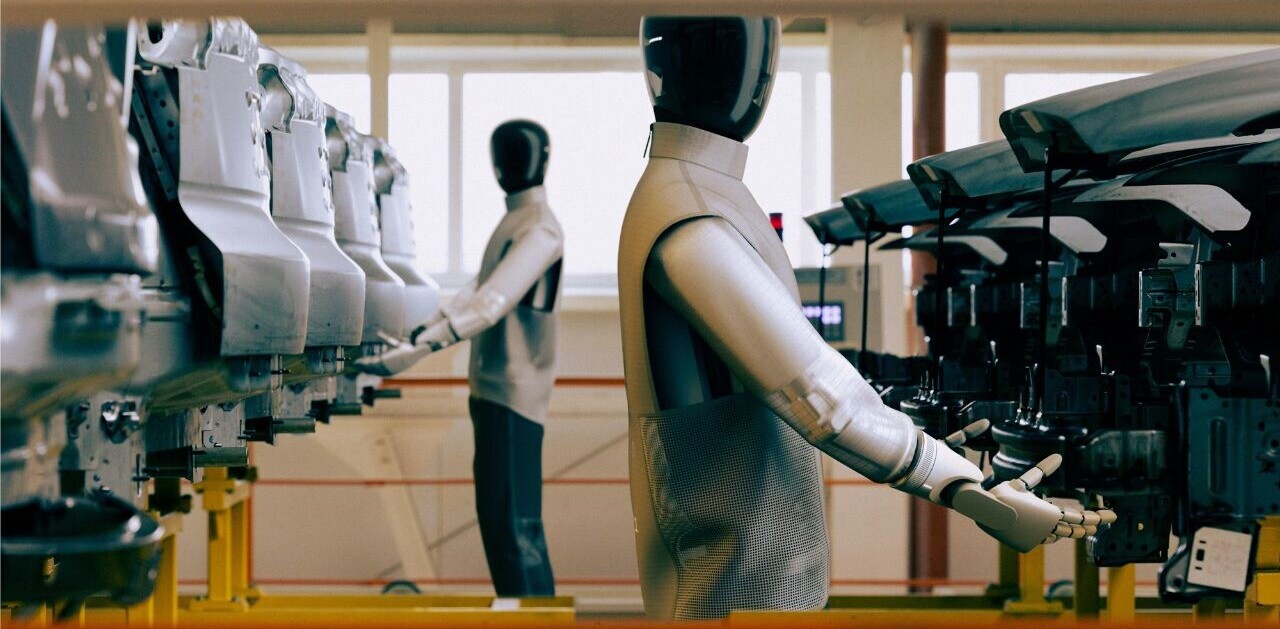
A team of researchers led by the RIKEN center in Japan have discovered an experimental way to control the weather itself using a chaos theory concept related to the flapping of a butterfly’s wings.
That might sound like something out of a science fiction B-movie, but it’s legit peer-reviewed research.
Up front: Previous attempts at controlling the weather have paid off with minimum success. Currently, if we find some big fat rain clouds ready to burst, we can preempt them by seeding them to cause precipitation.
But the RIKEN team is talking about an entirely different level of control.
Per the team’s research paper:
We aim to apply “the control of chaos” to the weather … we would like to control the weather within its natural variability and to aid human activities, for example, by shifting the location of an extreme rain region to avoid disasters without causing a side-effect on the global climate.
For extreme weather that occurs in a chaotic manner under natural variations, the control of chaos suggests that proper infinitesimal perturbations to the natural atmosphere alter the orbit of the atmospheric dynamics to a desired direction.
If the proper infinitesimal perturbations are within our engineering capability, we could apply the control in the real world.
To get an idea as to how hard the “control of chaos” is these researchers are referring to, we have to use the kind of math only supercomputers can handle.
Currently, meteorologists employ cutting-edge technologies such as artificial intelligence and quantum computers to predict weather forecasts.
But, even with our best efforts, it’s still really hard to do.
According to the US National Oceanographic and Atmospheric Administration:
A seven-day forecast can accurately predict the weather about 80 percent of the time and a five-day forecast can accurately predict the weather approximately 90 percent of the time. However, a 10-day—or longer—forecast is only right about half the time.
So how is chaos theory supposed to give us better odds than coin flip? It all goes back to the Butterfly Effect.
Per the paper:
The “butterfly effect”, discovered by Lorenz in the 1960s, is a phenomenon that an infinitesimal perturbation like “a butterfly flapping its wings in Brazil” causes a big consequence like “a tornado in Texas”.
This extreme sensitivity brings chaotic behaviors and an intrinsic limit to predictability, but it also allows us to design an effective control … that is, we could take advantage of the “butterfly effect” and design an effective control with a series of infinitesimal interventions leading to a desired future.
In essence, the researchers developed complex weather simulations and then identified specific thermal windows where the application of artificial temperature fluctuations could influence the ultimate outcome of a local weather system.
Instead of changing the climate, the scientists would essentially be flipping just enough switches — or getting enough butterflies to flap their wings in a different direction, if you prefer — inside a local weather system to get it to do something predictable.
This could help move tornado systems, typhoons, or dangerous storms away from areas where they impact people or even help mitigate droughts and other prolonged abnormal weather patterns.
However, the team’s very concerned about the potential ramifications of controlling the weather through chaos theory.
According to the research:
We cannot be too cautious about potential side-effects and must consider and address every possible consequence.
Luckily for all of us, the RIKEN team isn’t out there changing the weather in the real world. So far, all of their experiments have been done in supercomputer simulations.
Get the TNW newsletter
Get the most important tech news in your inbox each week.




